During his many years of traveling around the world , Phan Thanh Quoc (YouTuber Ke no du) visited the Hadzabe tribe in Tanzania.
Living deep in the forest, the Hadzabe are the only tribe in Africa that still maintains the hunter-gatherer lifestyle of human ancestors thousands of years ago.
The Hadzabe live in small, low huts made of dried branches and leaves. Their habitats are rich in plants and animals that provide food for the entire community.
The giant baobab tree is also a source of food and water for the Hadzabe. That is why they call it the tree of life. On days when hunting is not successful, they eat baobab fruit, wild fruits and leaves.
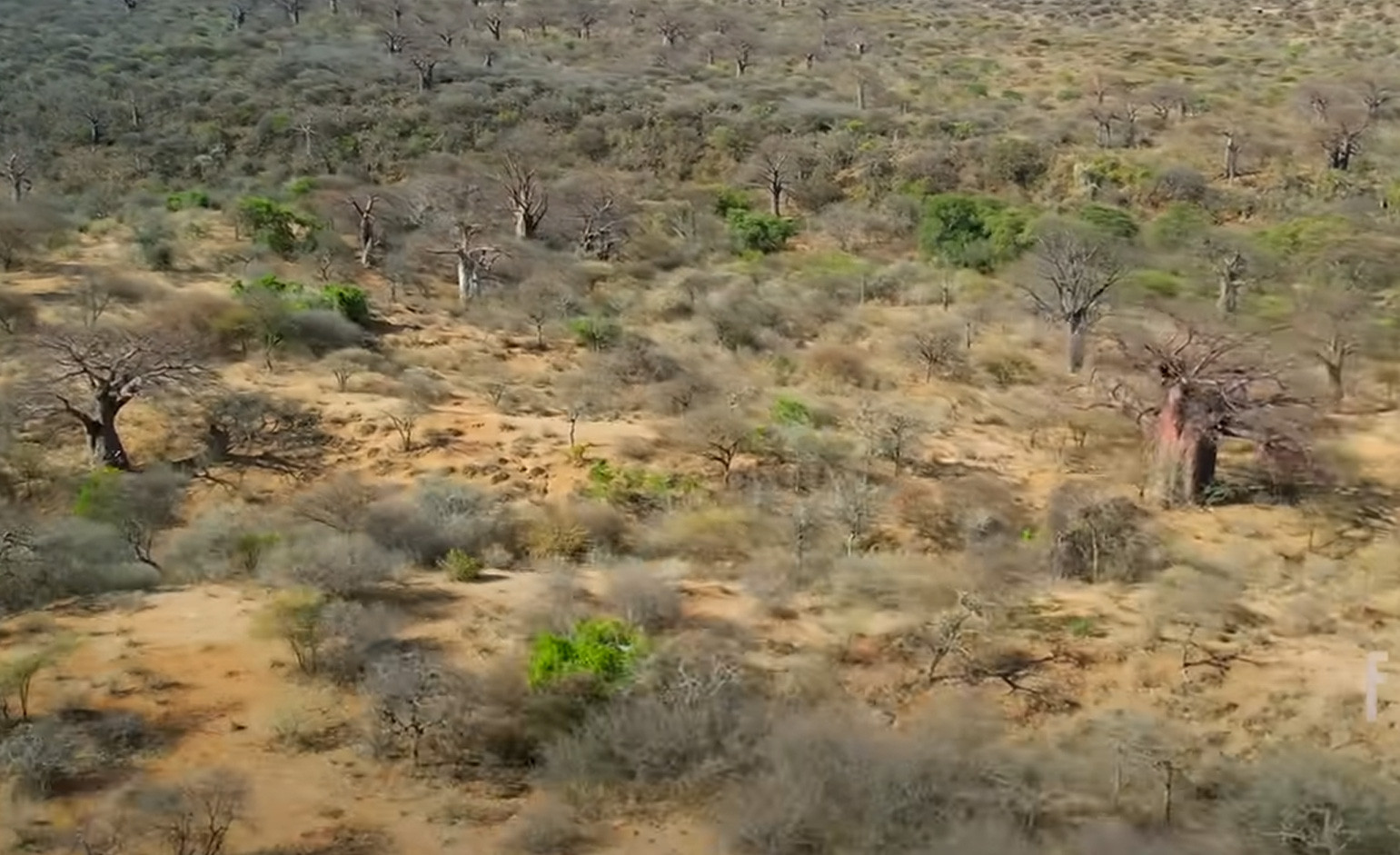
The Hadzabe men were very skilled at hunting. Following them, Qing Guo witnessed the antelope hunt happening in the blink of an eye.
Hadzabe hunts usually take place in the evening or early morning. Along the way, they often shoot birds with bows and arrows to supplement their community’s food supply. Each arrow they shoot, no matter how far it goes, is always retrieved for future use.
During the rainy season, the riverbanks are also popular hunting grounds, as animals come here to drink. The further away from their communities the Hadzabe get, the more likely they are to find a kill. Some hunting trips can take as long as 20km to bring back a catch.
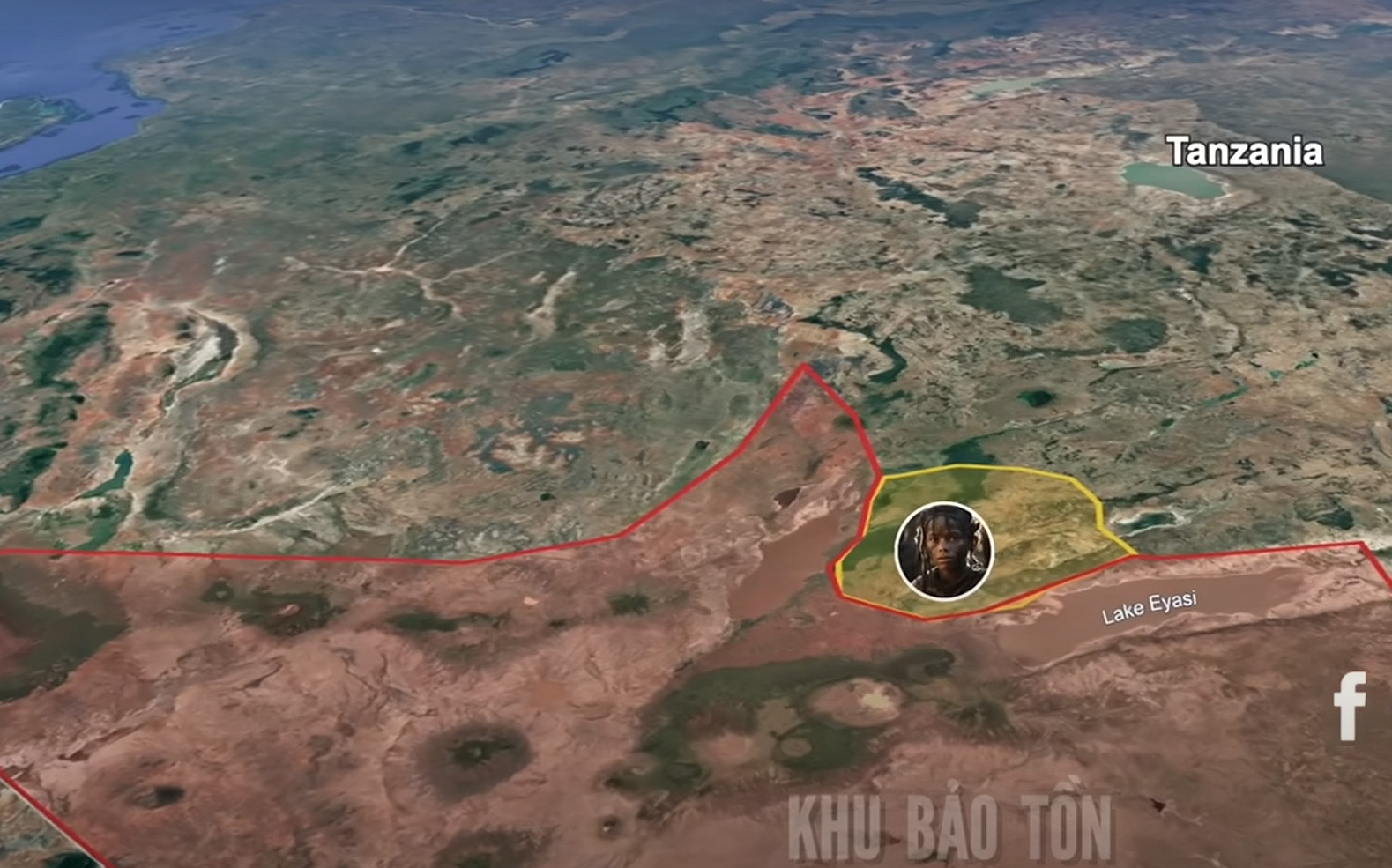
The Hadzabe's ability to hunt antelope is also a long-standing story. In 1971, Tanzania launched a tribal unification program, in which tribes were asked to move closer to a central area to live together.
After many moves, the Hadzabe still return to the deep forest. They believe that modern life is not suitable for their traditions and culture. From then on, the Government agreed to the wishes of this tribe, with the condition: Hunting is only allowed within the limited area, no exploitation is allowed in the reserves.
In addition, they are not allowed to hunt five rare animals: lions, elephants, leopards, rhinoceroses and buffaloes.
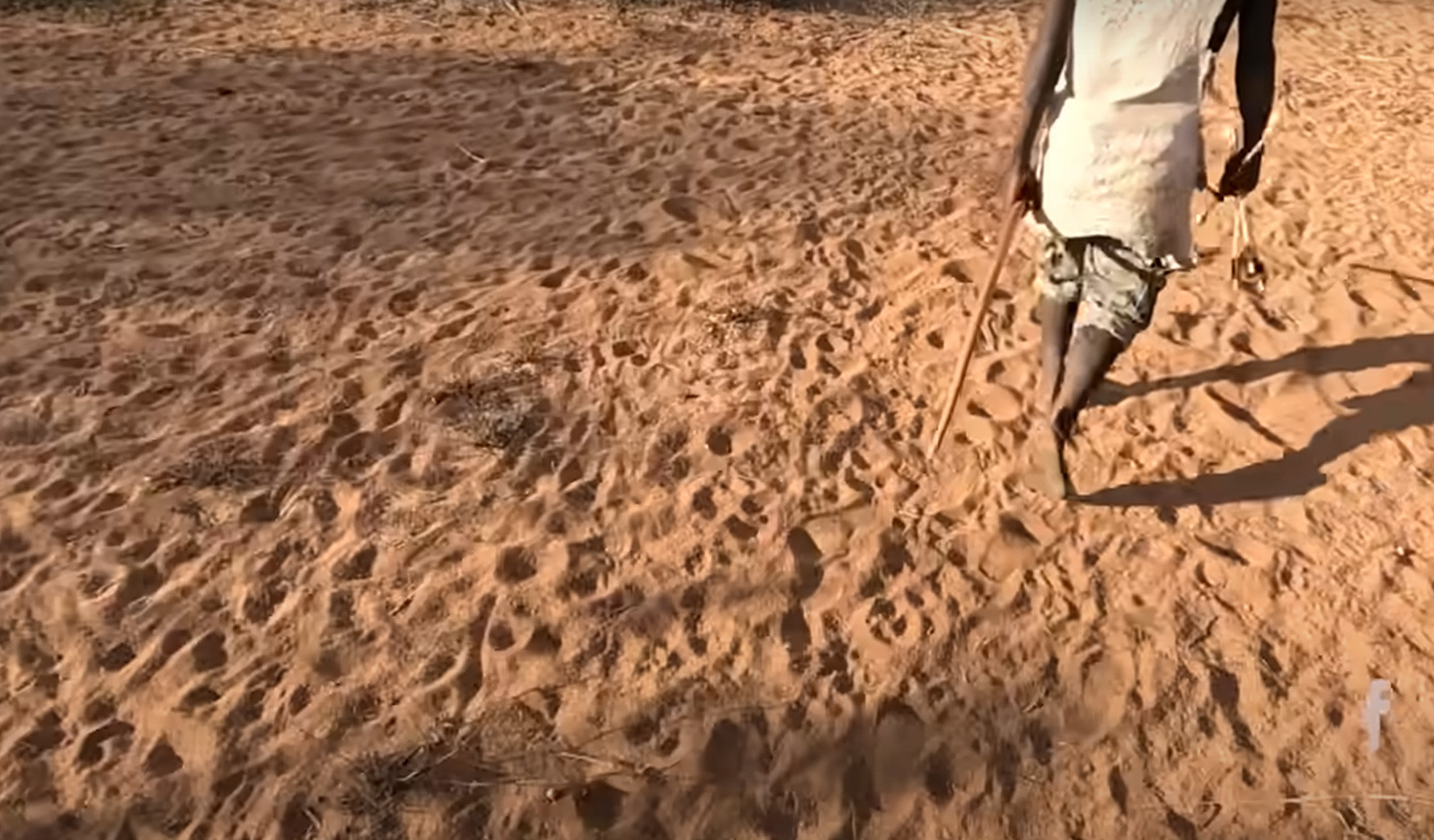
Whenever men go hunting, they often take dozens of dogs with them. The dogs will help distract the prey so that the hunter can attack more easily.
When they found footprints of prey in the sand, the men discussed its path, followed it, and shot it with bows and arrows.
A moment later, Quoc saw the man carrying the antelope he had just shot. They quickly butchered the animal, removing its hair, skin, and entrails.
They started the fire the old way by using two pieces of wood. A hole was made in the trunk of a softwood tree, and then they put one end of a hardwood stick into the hole. By using the force of their hands, they rotated the hardwood stick quickly and strongly. Smoke began to rise. Dry leaves were added, and with the help of natural winds, the fire was created.
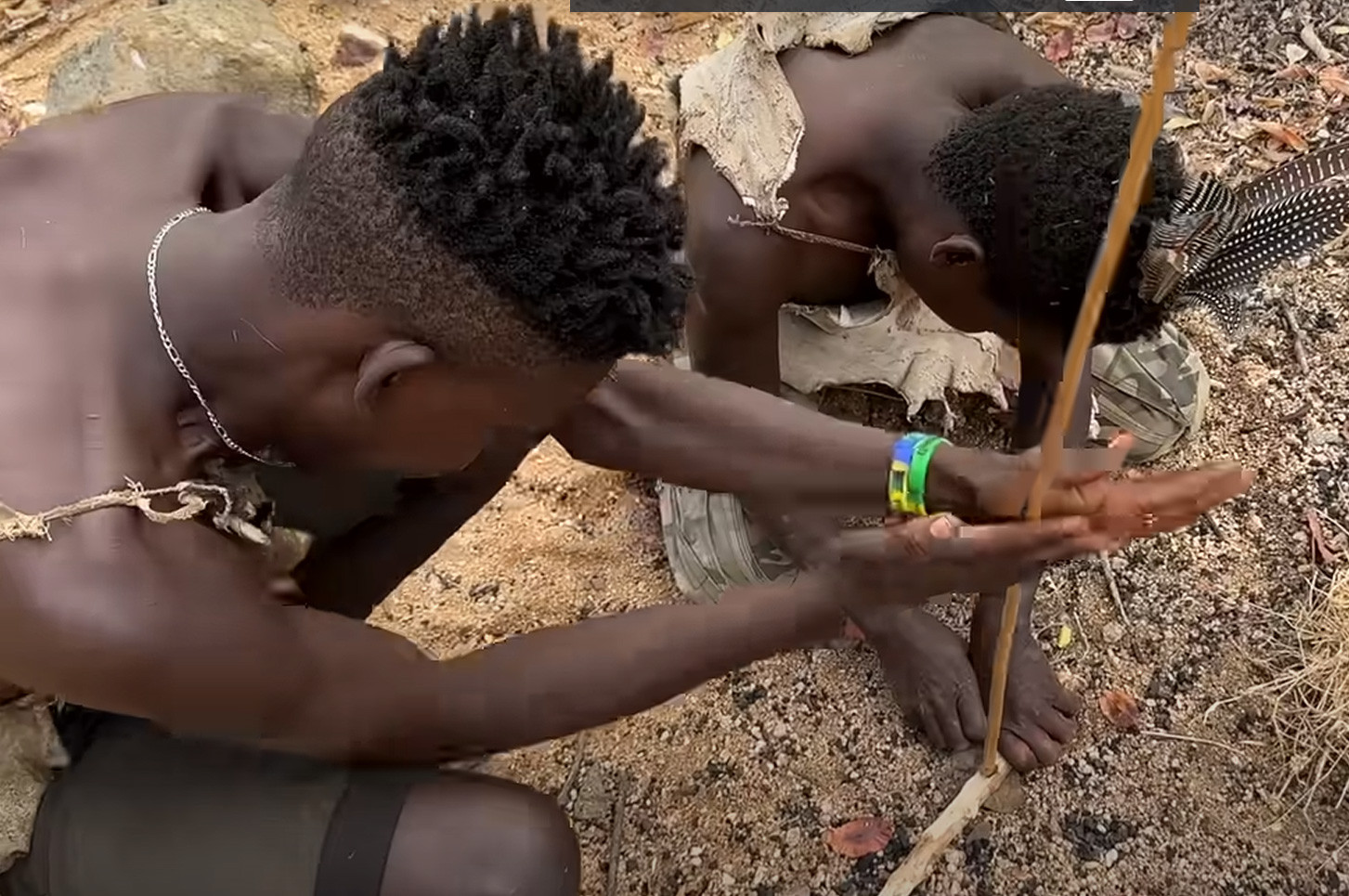
They took some of the antelope meat to roast on the spot, without any spices. The rest they hung on trees to take back to their community waiting at home.
“Their talent is the ability to shoot accurately and detect prey by looking at footprints in the sand, while there are thousands of similar footprints that normal people cannot distinguish,” Quoc said.
“People say culture is always beautiful. The Hadzabe people are living true to their culture and traditions, just like their ancestors did thousands of years ago.”
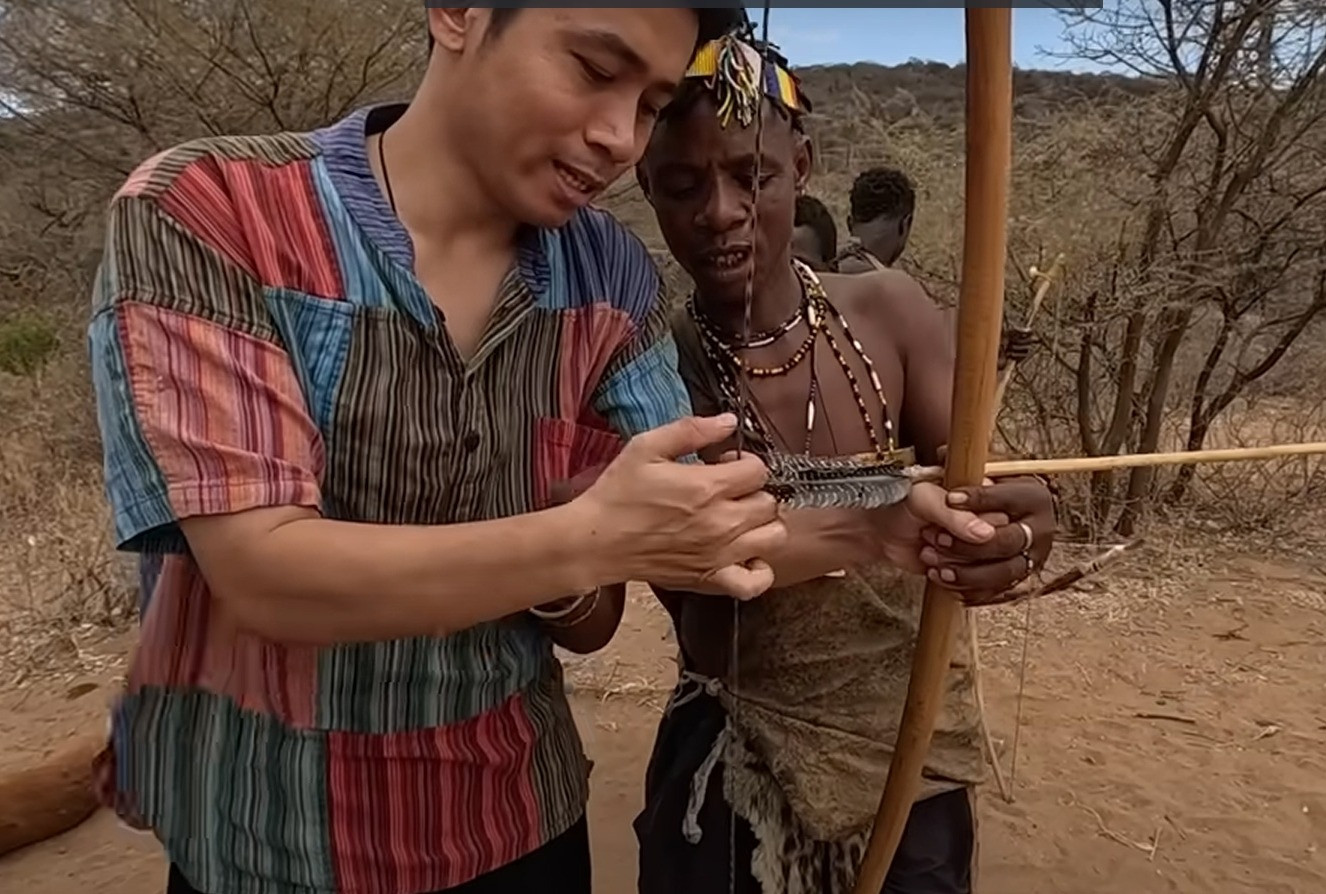
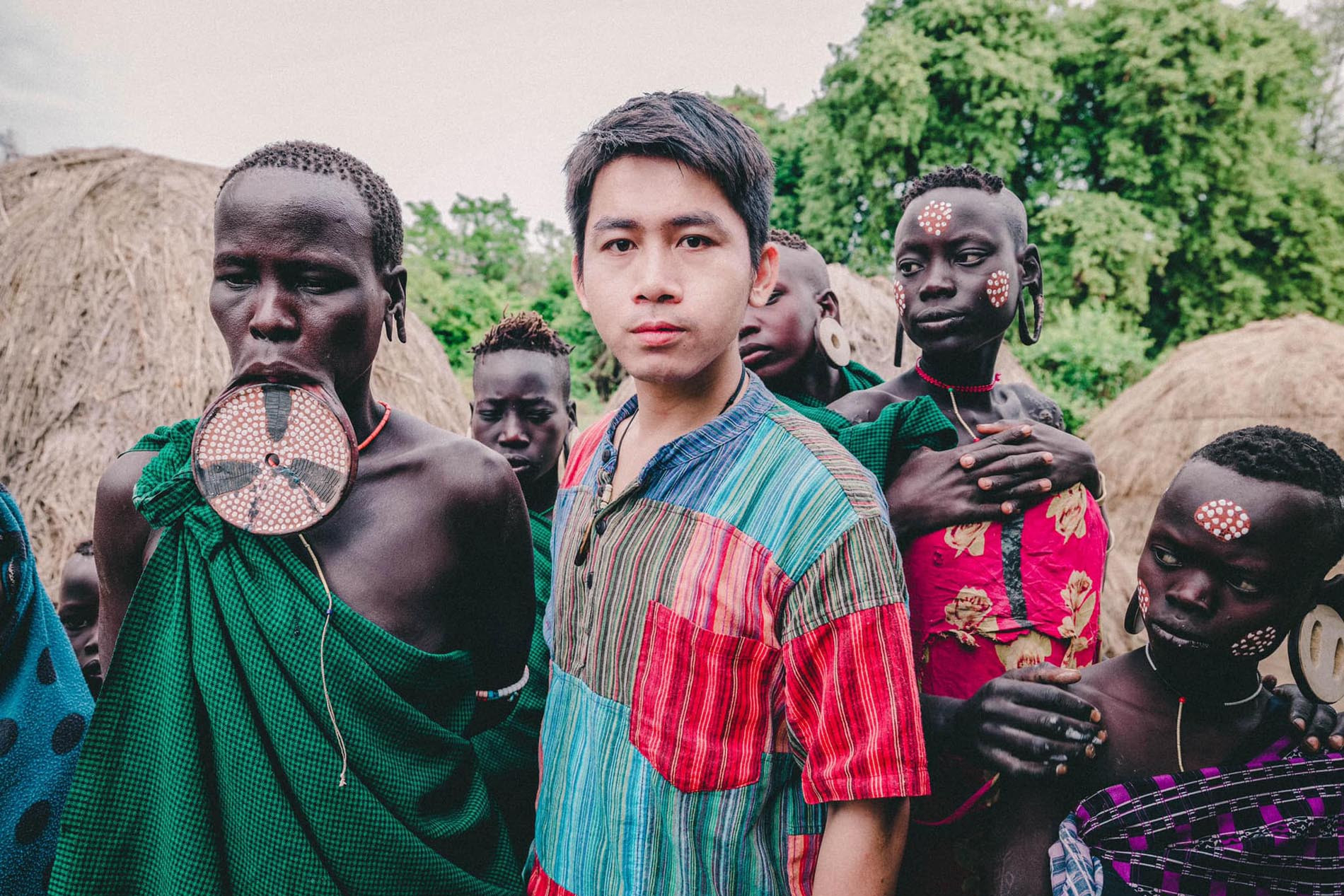
Vietnamese guy travels to 50 countries, tells story of 4 days hunting sea monsters in Amazon forest
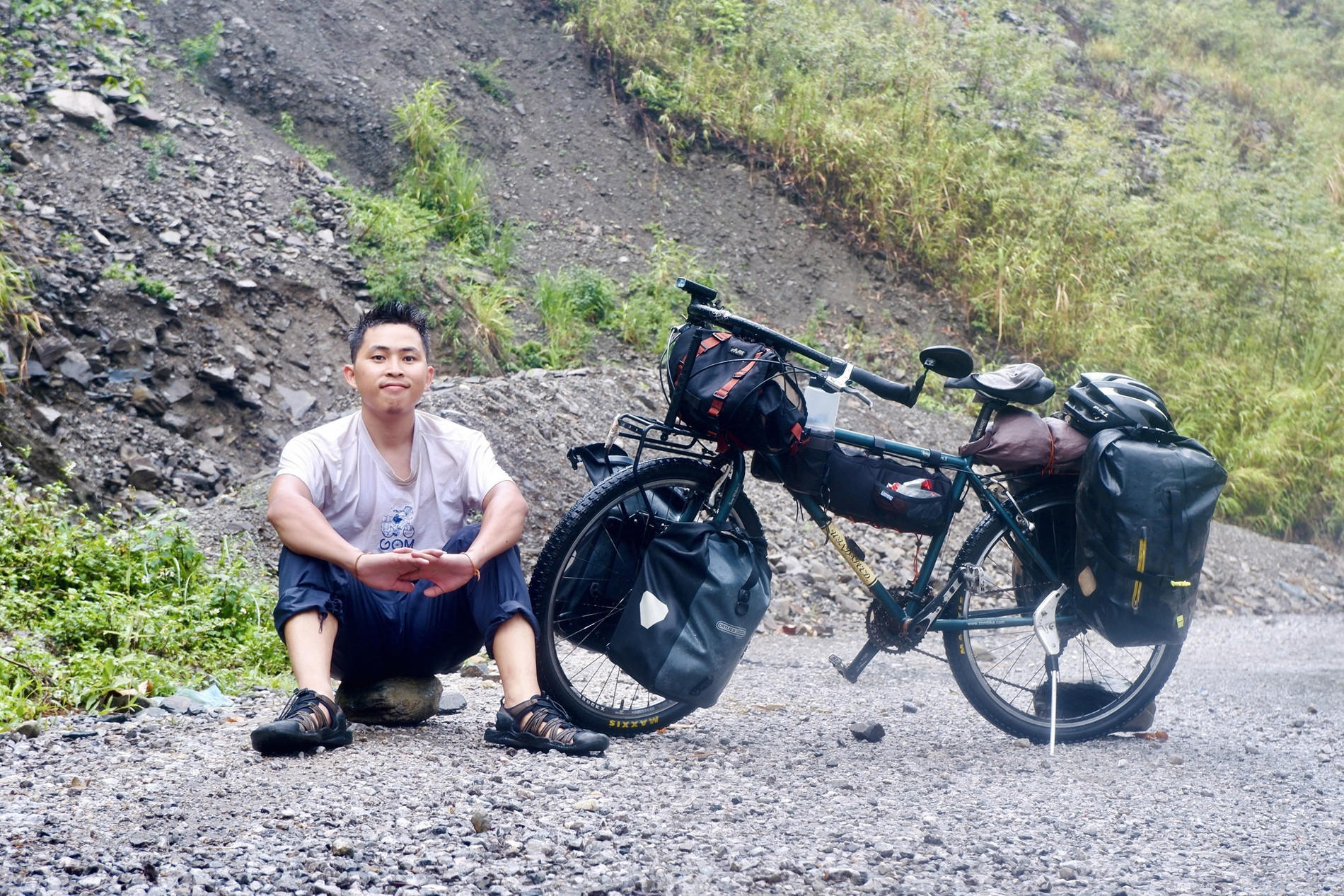
Quang Tri boy cycled through 4 countries, slept in a temple, drank water to 'stay alive'
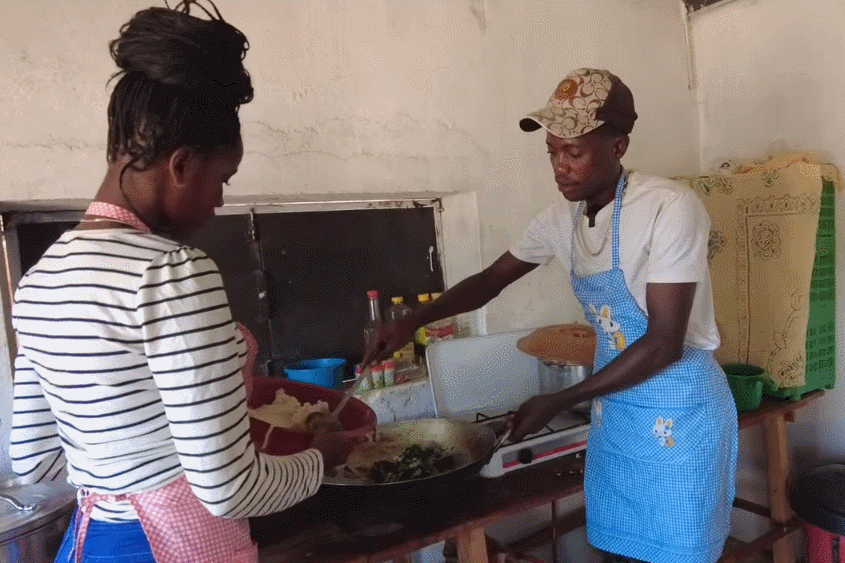
African guy sells delicious and unique Vietnamese food, customers bring buckets and basins to buy
Source: https://vietnamnet.vn/chang-trai-viet-di-san-cung-bo-lac-san-ban-hai-luom-duy-nhat-o-chau-phi-2343448.html








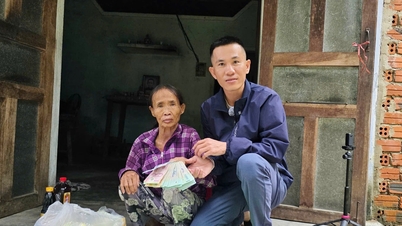







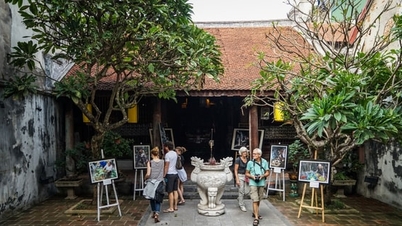





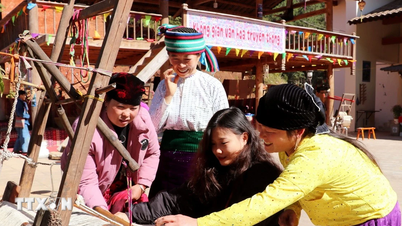









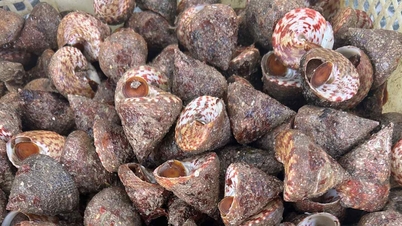



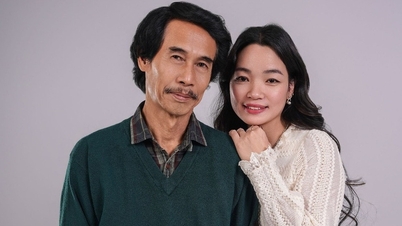




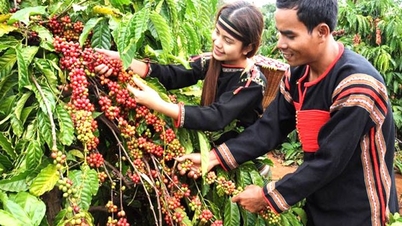



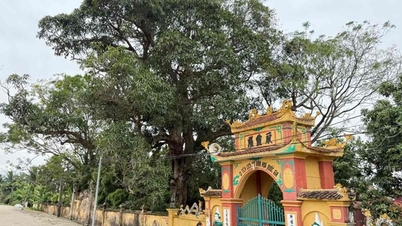

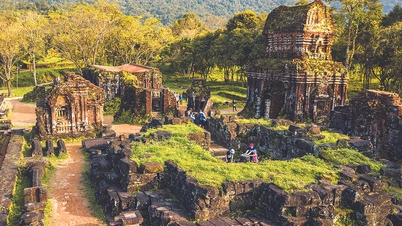

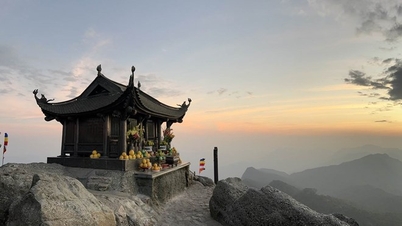
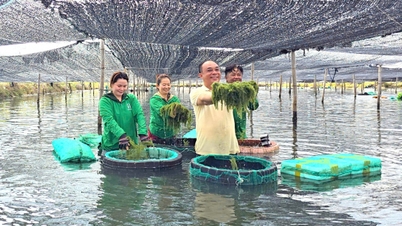











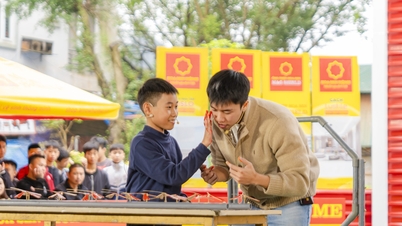



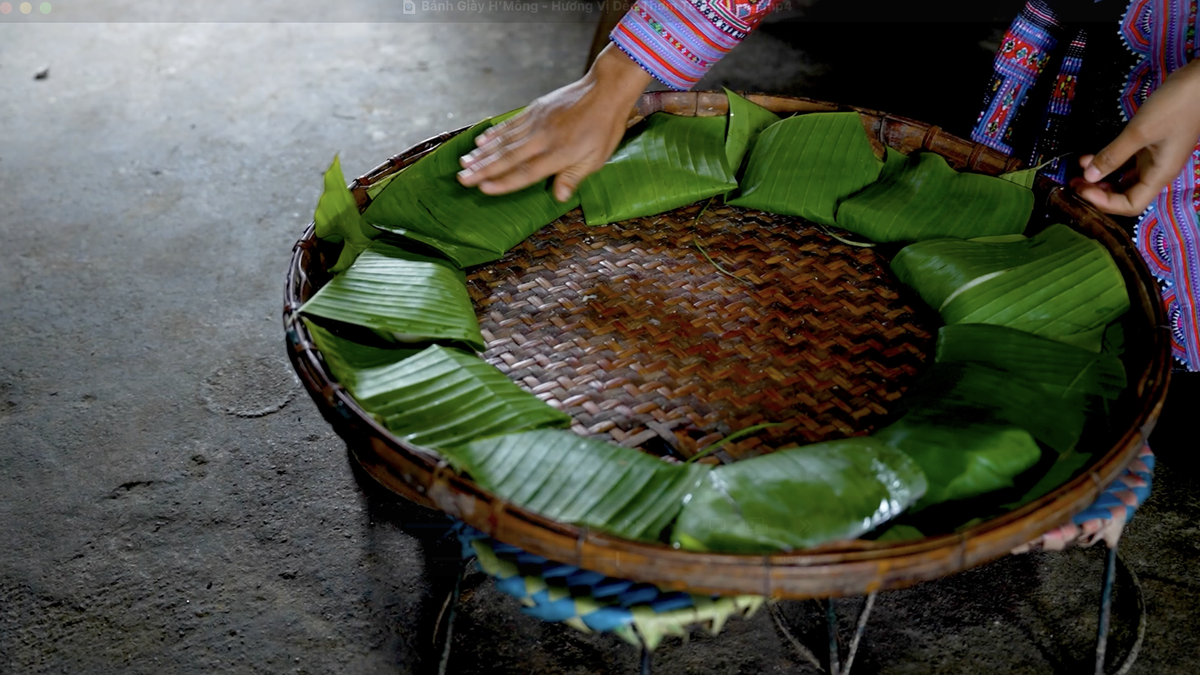

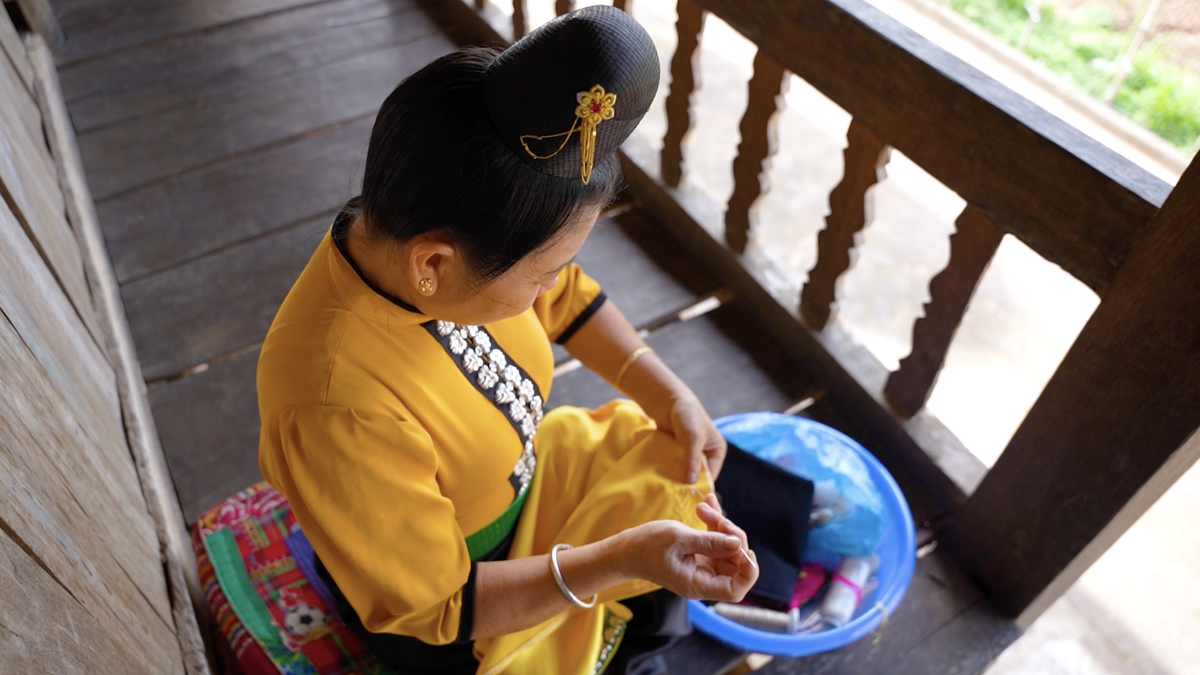

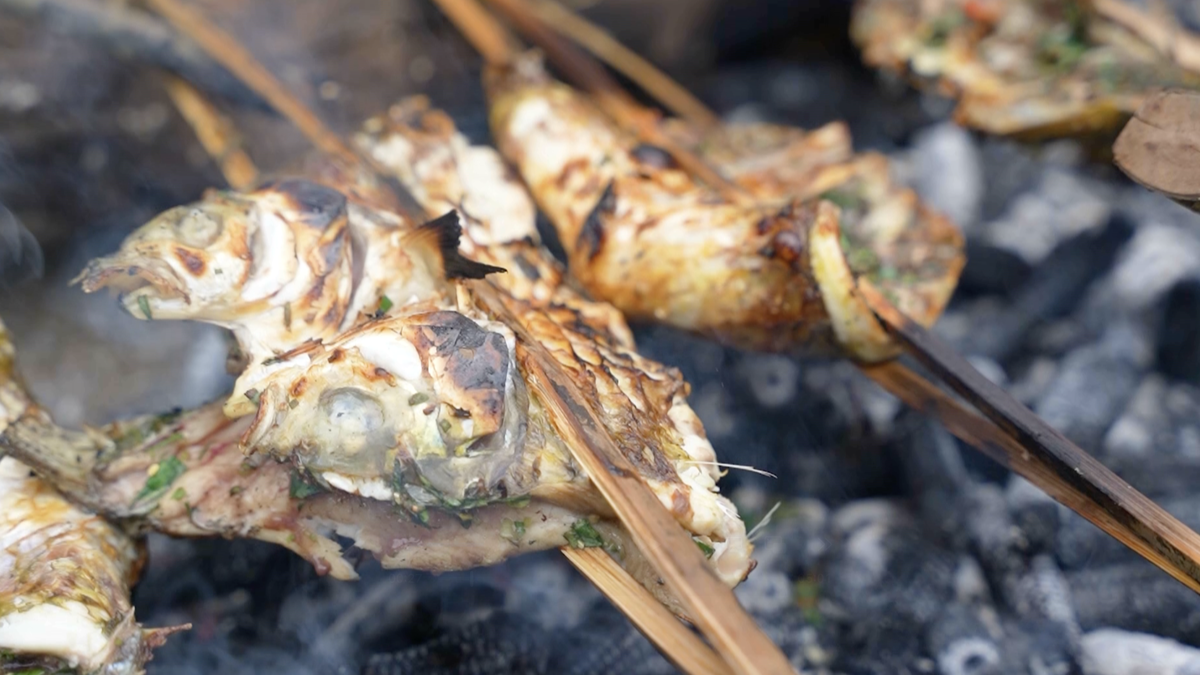
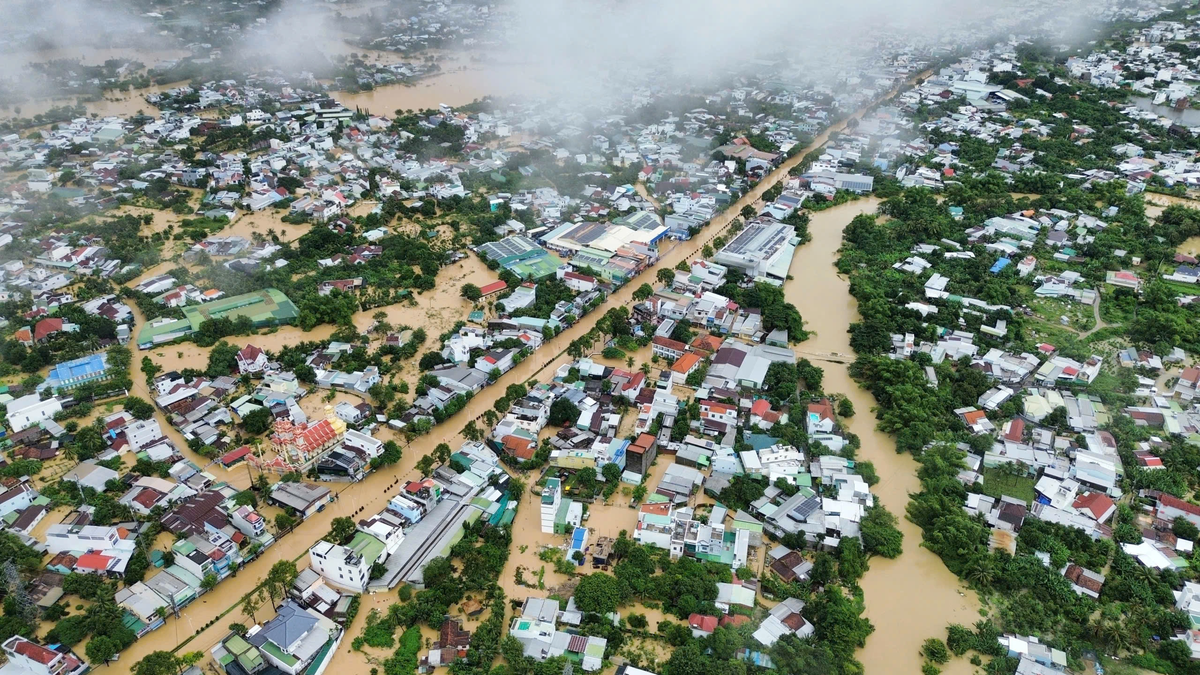




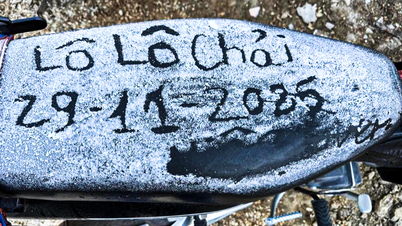












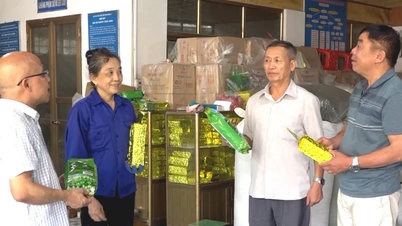

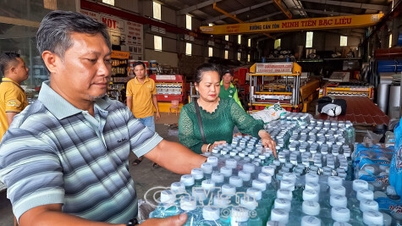

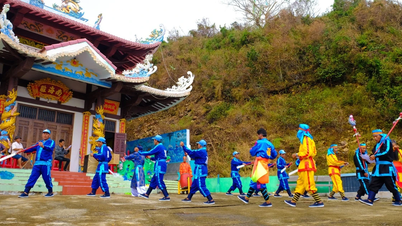




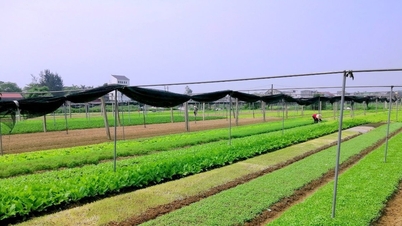













Comment (0)